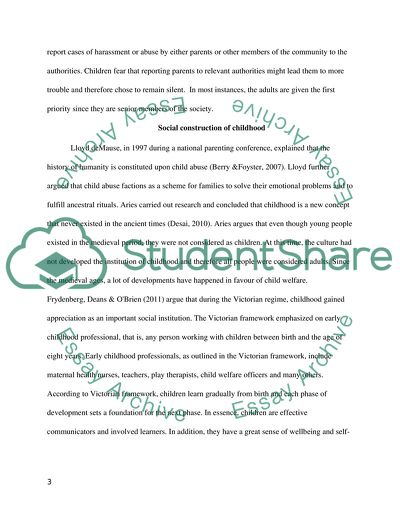Cite this document
(Current Policy Approaches for People Case Study, n.d.)
Current Policy Approaches for People Case Study. Retrieved from https://studentshare.org/sociology/1855864-current-policy-approaches-for-children-young-people-and-families
Current Policy Approaches for People Case Study. Retrieved from https://studentshare.org/sociology/1855864-current-policy-approaches-for-children-young-people-and-families
(Current Policy Approaches for People Case Study)
Current Policy Approaches for People Case Study. https://studentshare.org/sociology/1855864-current-policy-approaches-for-children-young-people-and-families.
Current Policy Approaches for People Case Study. https://studentshare.org/sociology/1855864-current-policy-approaches-for-children-young-people-and-families.
“Current Policy Approaches for People Case Study”. https://studentshare.org/sociology/1855864-current-policy-approaches-for-children-young-people-and-families.


